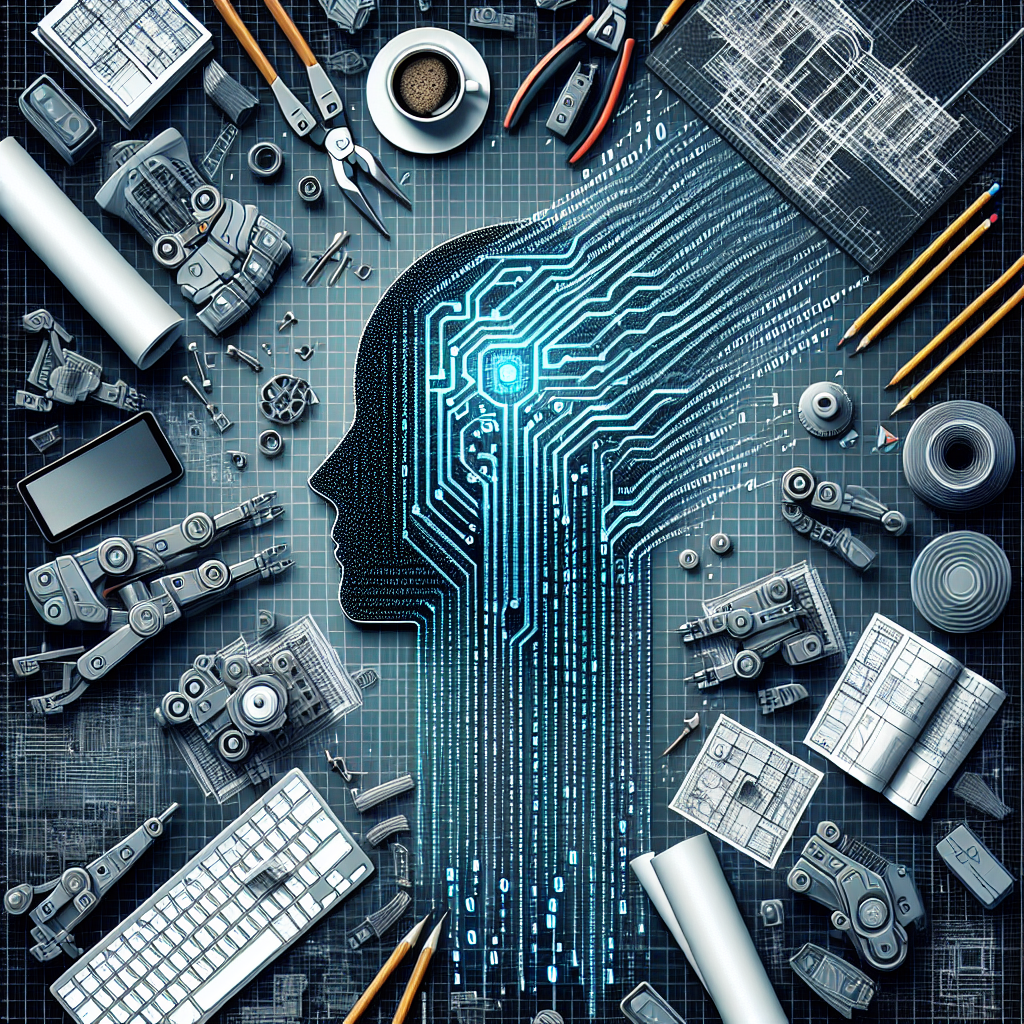Artificial Intelligence (AI) has been revolutionizing various industries, and architecture is no exception. The impact of AI on architectural research and development is significant, with the potential to streamline processes, enhance creativity, and improve efficiency. In this article, we will explore how AI is changing the landscape of architecture and what it means for the future of the industry.
AI in Architectural Design
One of the most prominent ways AI is impacting architectural research and development is through design. AI algorithms can analyze vast amounts of data and generate design concepts based on specific parameters. This not only speeds up the design process but also allows architects to explore a wider range of possibilities than they could on their own.
AI can also assist in optimizing designs for factors such as energy efficiency, sustainability, and cost-effectiveness. By running simulations and analyzing data, AI can help architects make informed decisions that result in more efficient and environmentally friendly buildings.
AI in Site Analysis
Another area where AI is making a significant impact is in site analysis. Traditionally, architects would spend hours manually analyzing site data to determine factors such as sunlight exposure, wind patterns, and topography. AI can automate this process by analyzing satellite imagery, GIS data, and other sources to provide architects with a comprehensive understanding of the site.
This allows architects to design buildings that are better suited to their surroundings and take advantage of natural elements to improve energy efficiency and occupant comfort. By incorporating AI into site analysis, architects can make more informed design decisions that result in better outcomes for both the building and its occupants.
AI in Construction
AI is also changing the way buildings are constructed. By using drones, robots, and other AI-powered technologies, construction companies can improve efficiency, reduce costs, and enhance safety on job sites. AI can help with tasks such as site monitoring, progress tracking, and quality control, allowing construction projects to be completed more quickly and with greater precision.
AI can also assist in the prefabrication process by optimizing designs for modular construction and reducing waste. By leveraging AI in construction, architects can create buildings that are not only more efficient and cost-effective but also more sustainable and resilient.
FAQs
Q: How is AI being used in architectural design?
A: AI is being used in architectural design to analyze data, generate design concepts, optimize designs for factors such as energy efficiency and sustainability, and explore a wider range of design possibilities.
Q: How is AI changing site analysis in architecture?
A: AI is changing site analysis in architecture by automating the process of analyzing site data, providing architects with a comprehensive understanding of the site, and allowing them to design buildings that are better suited to their surroundings.
Q: How is AI impacting construction in architecture?
A: AI is impacting construction in architecture by improving efficiency, reducing costs, enhancing safety on job sites, and assisting with tasks such as site monitoring, progress tracking, quality control, and prefabrication.
Q: What are the benefits of using AI in architectural research and development?
A: The benefits of using AI in architectural research and development include speeding up the design process, enhancing creativity, improving efficiency, optimizing designs for factors such as energy efficiency and sustainability, and creating buildings that are more efficient, cost-effective, sustainable, and resilient.
In conclusion, the impact of AI on architectural research and development is transformative. By leveraging AI technologies in design, site analysis, and construction, architects can create buildings that are more efficient, sustainable, and responsive to their surroundings. As AI continues to evolve, the possibilities for innovation in architecture are endless, and the future of the industry looks brighter than ever.

